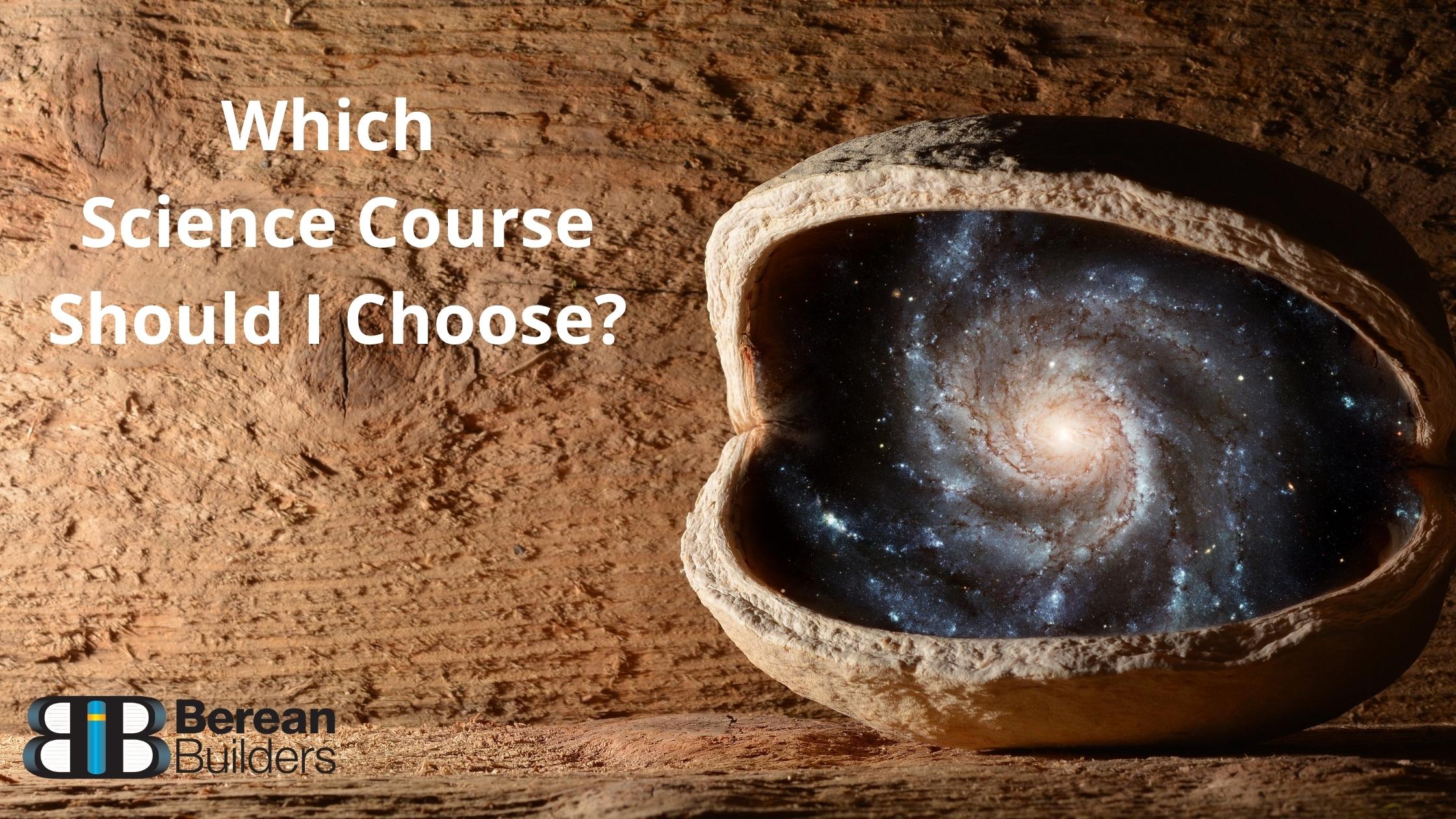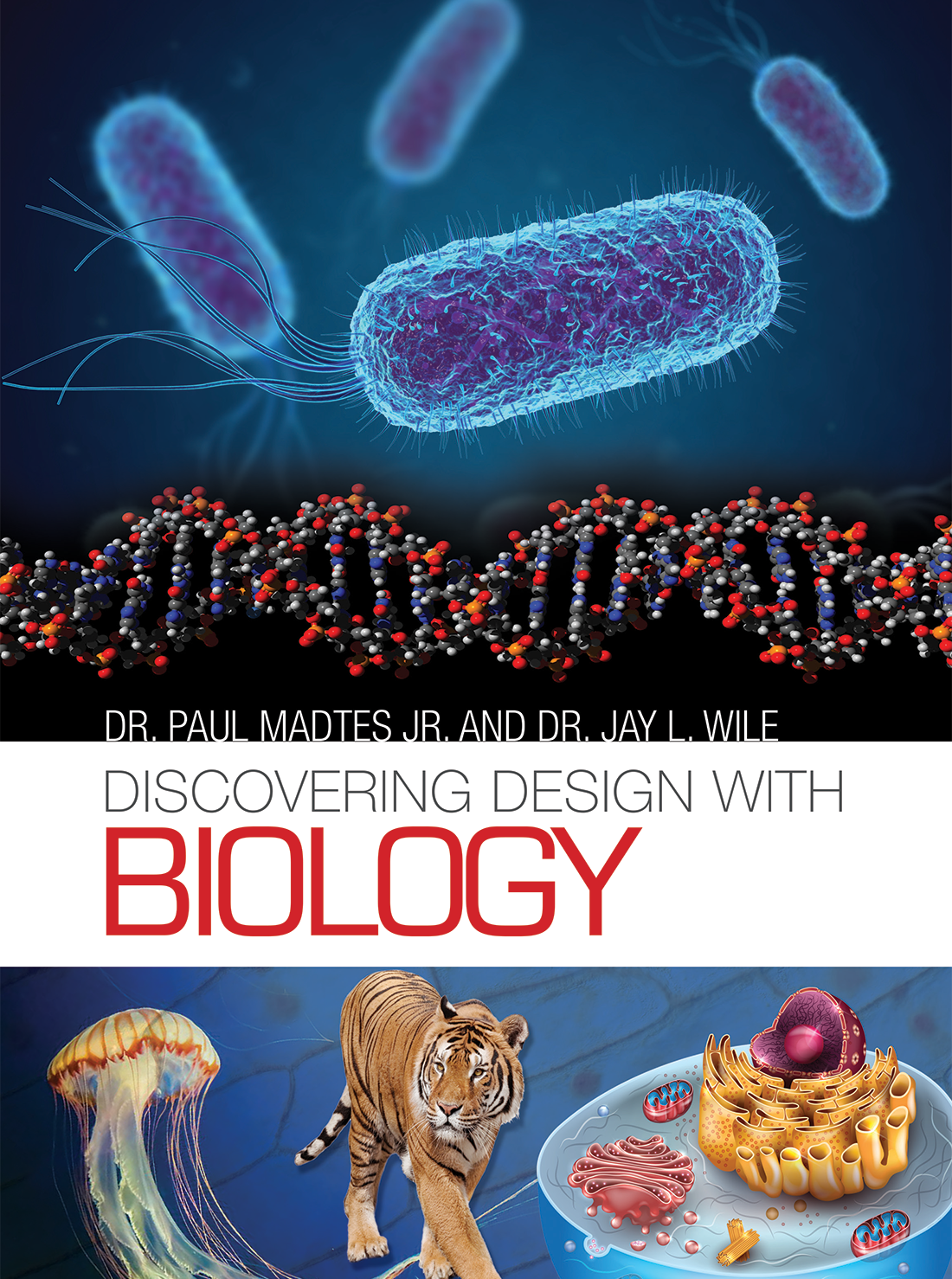
When planning out your homeschool year, you want to include engaging science information to help your student understand our amazing world.
But which course should you choose? And in which order should you use the available courses?
Finding The Right Science Curriculum For Your Homeschool: K-12
Let’s start with the elementary years.
The good news: you can pick any one for elementary grades!
Since elementary years are all about becoming proficient in reading, writing, and math, your student will spend a lot of time practicing these skills.
We want to make science fun while helping your student learn to observe, record, and marvel at the universe around them.
Which is why you can begin your elementary homeschool science adventure with any one of these engaging courses.
We even make it easy by letting you know what concepts your student should already know when beginning a course.
If they need to know a bit more about a topic than the course offers, a quick online search will fill in the gap.
Let’s examine the sequence of the science courses offered.
Although the courses explore scientific developments chronologically, you may choose to present them in any order depending on your other homeschool subjects or the time period that interests your student.
For Students in Grades K-6
 Science in the Beginning
Science in the Beginning
You can start with this course to give your student a solid foundation of how our world was created.
Using the days of creation as an outline, the material covers basic concepts such as
- the properties of light, air, and water,
- basic botany, zoology, and human physiology,
- and our solar system.
This examination of how the world began helps students understand the beauty of the Creator and the wonder of His works.
 Science in the Ancient World
Science in the Ancient World
Follow the Beginning with a look at how ancient scientists explored God’s creation to learn more about the Creator.
Covering the years 600 BC to 1500 AD, this course covers the work of these naturalists and philosophers, both the concepts they got right and the mistakes they made.
Since this course examines early science as it was developed, your student will discover a wide range of new ideas including
- early medicine,
- basic physics and simple machines,
- the Earth’s place in the solar system,
- astronomy,
- botany,
- and the effects of erosion.
As they are introduced to the science and the men who furthered fresh ideas, your student will also come to understand the later scientists for the devout Christians they were.
 Science in the Scientific Revolution
Science in the Scientific Revolution
Expand on the fresh scientific ideas from the ancients with the next book in the series.
The time covered in this course is less than 200 years, and the advances made in the basic areas of science were vast.
Also covering science as it was developed, the topics included echo those in Science in the Ancient World, but on a deeper level.
Your student will increase their understanding of
- astronomy,
- the physiology of plants, animals, and human anatomy,
- basic physics,
- and the scientific laws developed during this time.
The scientists who investigated the world around them from 1543 to the end of the 1600s were pioneers and curious about the world around them. They were also men of God interested in learning more about the Creator and His creations.
 Science in the Age of Reason
Science in the Age of Reason
Continuing the tour through the history of scientific development, this next course explores natural philosophers from the early 1600s to the early 1800s as they built on previous discoveries to further their understanding of the world around them.
Topics include
- astronomy,
- basic chemistry and physics concepts,
- human physiology, botany and zoology,
- and atmosphere and weather.
Not only will your student see how new science discoveries begin with older ideas, but they will also understand how the worldview of the scientist can affect their conclusions.
 Science in the Industrial Age
Science in the Industrial Age
The final book in the elementary science series covers discoveries made from the early 1800s to the early 1900s.
As scientists continued to explore the world, they made a multitude of new discoveries and advancements.
Your student can follow these discoveries in
- medicine and human physiology,
- basic physics and chemistry,
- evolution,
- and explore the development of new scientific laws.
They will also learn the beliefs of the scientists and how those worldviews directed their theories and conclusions.
A Well Rounded Tour of Elementary Science
These five courses follow science through history and demonstrate the growth of scientific discovery and understanding.
Each course includes many hours of hands-on activities to keep the lessons engaging for elementary students, plus three levels of review exercises so you can choose the depth of understanding you wish for your student.
An added benefit of these five courses is they are multi-level.
This means even if you are diving into homeschooling in the later elementary years, you can choose any course to begin your scientific journey.
In addition, you can teach several ages/grade levels using the same course by assisting younger children with the experiments or using the more thorough review exercises for older students.
Middle School Science for Students in 7th and 8th grades
When your student is headed into the middle grades, you may wonder which courses to choose next.
The most important factor in deciding on a course is your student’s level in mathematics.
Since the courses offer problems involving calculations, you’ll want to be sure your student comprehends that math level before you dive into a course to assure their success.
In addition to observing and recording their experiences, your student will be asked to learn and apply specific concepts, both in the abstract and in the concrete with hands-on experimentation.
Science in the Atomic Age
Modern scientists have furthered our understanding of the world around us, and this course covers these discoveries.
From atoms to biomes, this course covers the organization of our world and God’s design in nature.
Because this is a laboratory-based course, your student will have plenty of hands-on experiments and activities to help them grasp the concepts presented.
The topics build on what the student has already learned in earlier science studies, and the experiments can be performed using common household items easily found in local shops or online.
 Discovering Design with Earth Science
Discovering Design with Earth Science
This course explores earth in great detail from the formation of rocks to the properties of water and the interaction of each on our earth’s crust.
Your student will need a firm grasp of 7th grade math to do the calculations presented.
Your student will be able to exercise critical thinking as they are presented with the opposing ideas of uniformitarianism and catastrophism.
Each of these concepts is presented in a fair and balanced examination with plenty of follow-up questions to generate thoughtful contemplation.
This course also includes 55 hours of laboratory instruction using hands-on activities and experiments.
A kit containing laboratory materials is available for purchase, and some of the experiments can only be performed with items from the kit.
As you can see, these seven courses cover science from creation to modern day exploration.
You and your student can decide which of the elementary topics to cover and in which order.
And your middle schooler can move confidently into more complicated science when they have the math proficiency to do so.
We hope this helps simplify your homeschool science curriculum choice!
We’re available to answer any questions and to help your student explore God’s world through hands-on science.
Looking For High School Level Science Resources?
Berean Builders offers a variety of excellent courses for your high school level learner as well. We have all of your high school science needs covered with our comprehensive approach.
Discovering Design with Biology
Discovering Design with Chemistry






















 The latest earth science textbook by Dr. Wile is here!
The latest earth science textbook by Dr. Wile is here!


